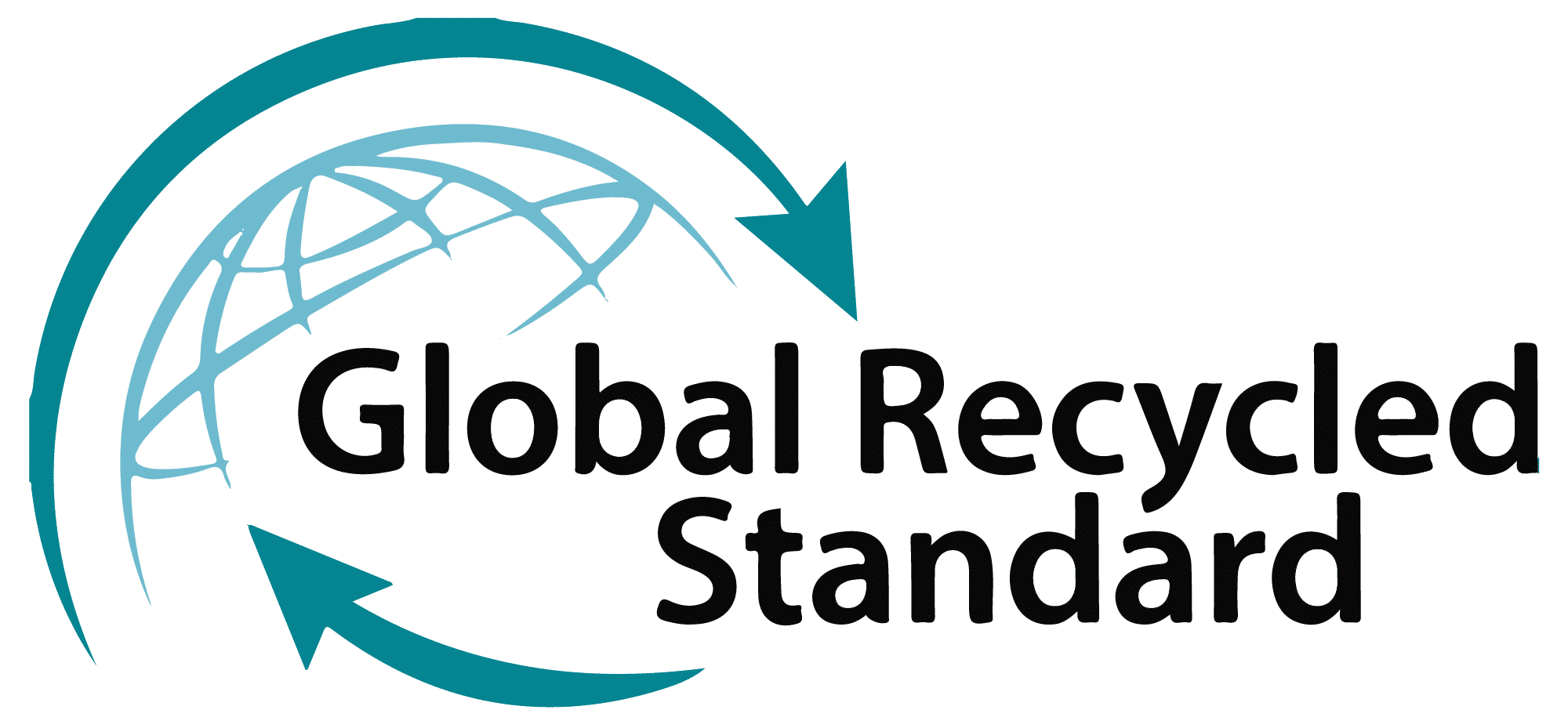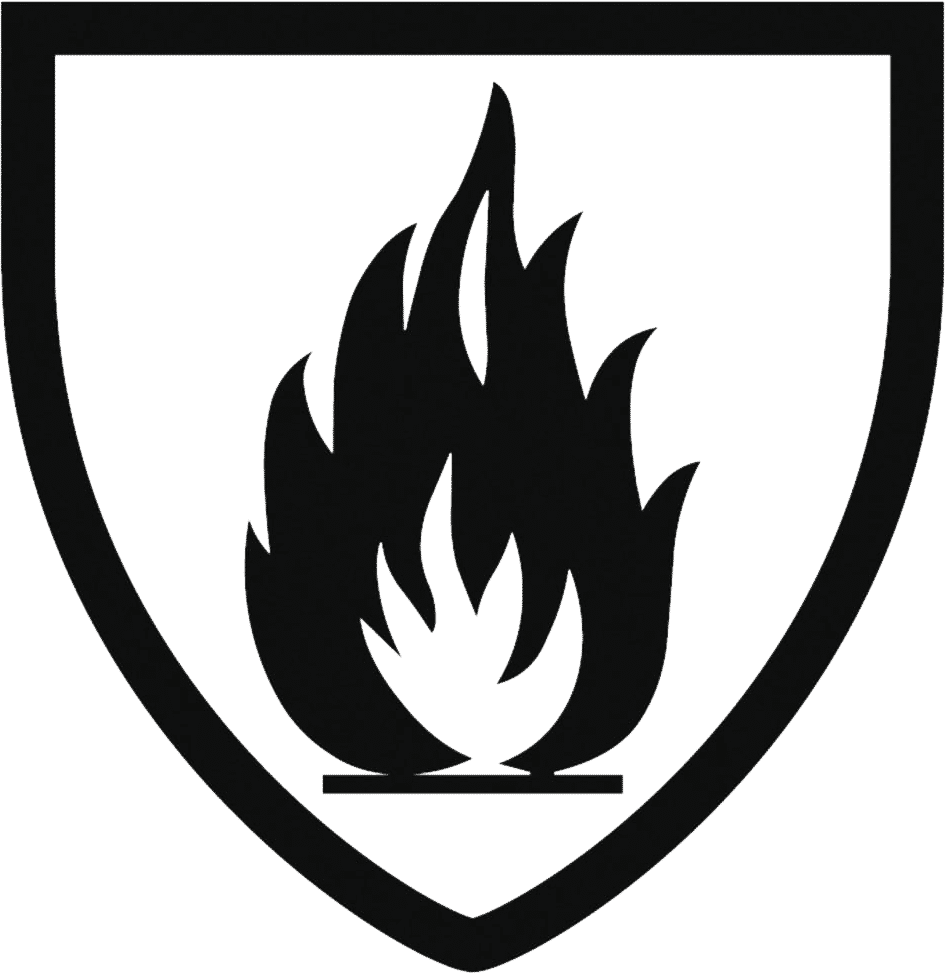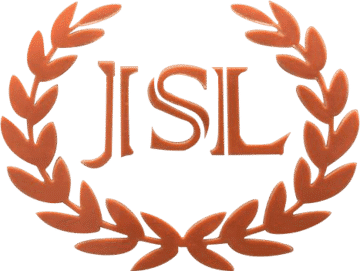Certifications
Our fabric is made of high-visibility, waterproof and breathable, water, oil and soil protection, flame-retardant, anti-static,anti-UV fabric, which is certified according to high international standards.
The quality speaks everything

GRS: Global Recycled Standard 4.0
Reduces harmful impact of production
The Global Recycle Standard (GRS) was originally developed by Control Union Certifications in 2008 and ownership was passed to the Textile Exchange on 1 January 2011. The GRS is an international, voluntary, full product standard that sets requirements for third-party certification of recycled content, chain of custody, social and environmental practices and chemical restrictions.

OEKO-TEX® 100 Annex 6, product class I
STANDARD 100 by OEKO-TEX® is the most well-known and widespread brand in the world, therefore also the world’s leading label for textiles, accessories and products tested regarding content of harmful substances. It does not only include substances that are banned or that have legally established limits, but also includes other substances that have been scientifically proven or are suspected to have adverse health effects.
Protective clothing against the water penetration
When it comes to facing the elements, it’s important that workers have the right level of protection. There’s a crucial difference between a garment that’s simply made from water-resistant fabric and a garment that is constructed, tested and certified as waterproof clothing. Some “water-resistant clothing” will only protect against rain to a limited extent. Garments described as “water repellent” may have been treated to bead water off the surface but don’t necessarily have protection in areas like zips, seams and pockets.

BS EN ISO 14116
Protection for garments against heat
BS EN ISO 14116 replaces the withdrawn EN533. While the standard does deal with the issue of flame resistance to some extent, it is arguably more suited to outerwear that would usually be worn over other protective garments. For this reason ProGARM have opted to rather meet EN11612 which offers a higher standard of protection.
BS EN 1149/5
Protective clothing against the electrostatic discharge
BS EN 1149-5 is the European Standard for garments that protect against electrostatic discharge in areas where there is a risk of explosion (ATEX Environments) such as petrochemical refineries and fuel distribution companies. “Workers must be provided with appropriate working clothing consisting of materials which do not give rise to electrical discharges that can ignite explosive atmospheres”. The outer fabric of these garments are therefore made from antistatic materials and components.
Provide High-Visibility (Hi-Vis) to professionals
The BS EN ISO 20471 standard specifies the requirements for clothing designed to increase the wearer’s visibility in order to make them more noticeable in hazardous situations during the day and at night (illumination in car headlights). It has replaced EN 471 which has now been withdrawn. The classification is 1, 2 or 3 where Class 1 provides the minimal level of visibility and class 3 provides the highest level prescribed by the standard.

Retroreflective materials for road traffic control purposes

















